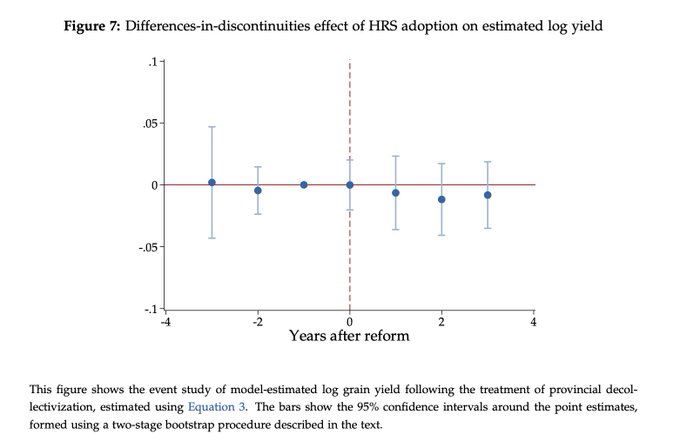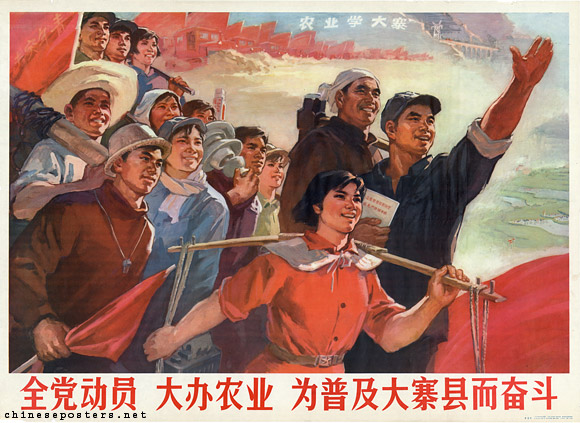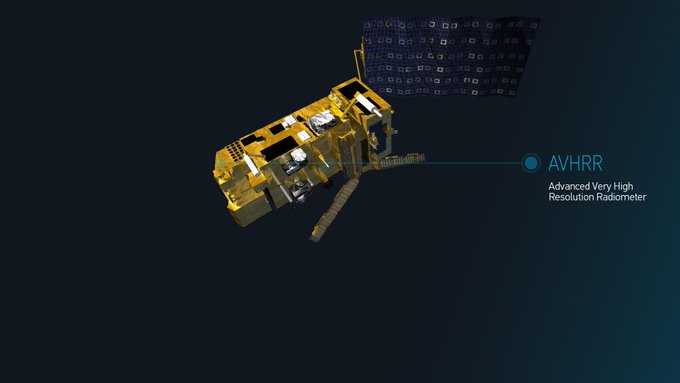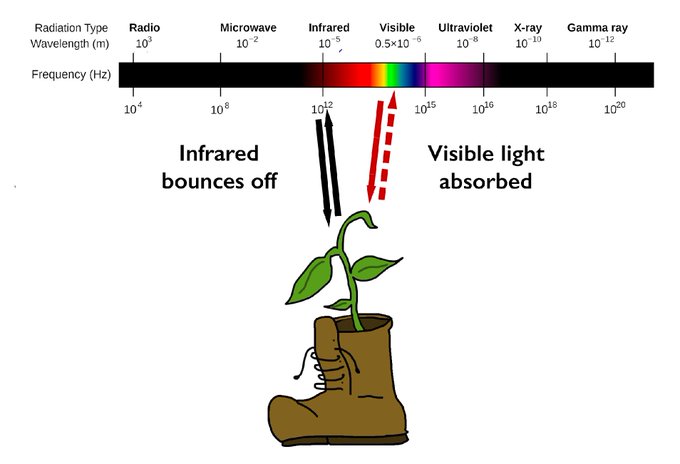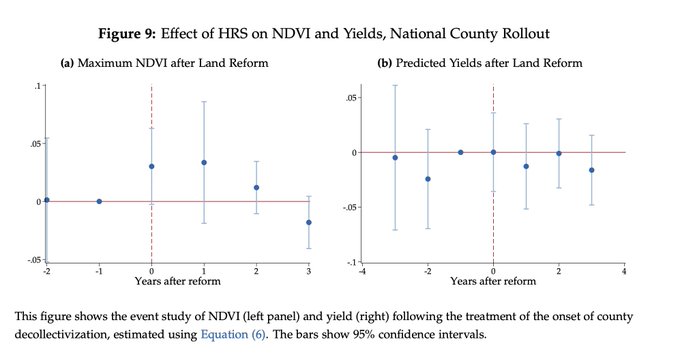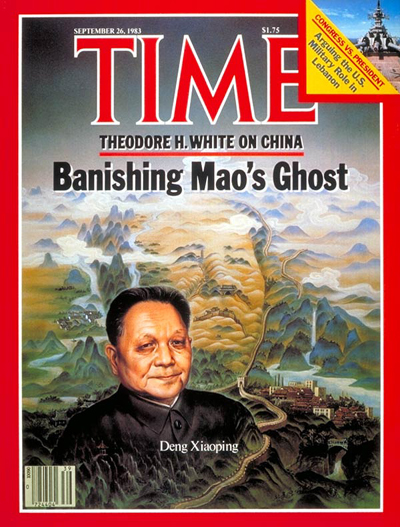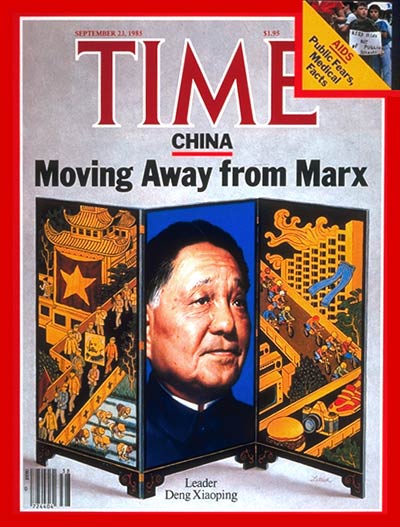With our satellite data, we use 2 causal designs.
#1
: we look at the HRS's provincial rollout. Our satellites can peer right at the border between provinces that reform earlier and later, and control for fixed characteristics of these places.
We see no effect on grain yields.
1
4
66
Replies
🚀JMP alert🚀
My paper w
@FergJoel
applies machine learning to 1970s-80s satellite imagery to revisit one of the 🇨🇳 Chinese Miracle's first major reforms, the Household Responsibility System—the end of collective socialist agriculture.
What we found was quite surprising. 🧵
11
182
738
Starting in Anhui Province in 1978, the Household Responsibility System (often incorrectly attributed to Deng Xiaoping) broke up Mao's collective farms and brought back household farming—loosely, the end of communism in rural China.
The common view is that it boosted yields.
3
2
55
But Chinese statistics, particularly from the pre-reform era, are notoriously unreliable. Few output statistics are available at the sub-provincial level, making precise causal identification difficult, limiting prior research.
Enter historical satellites.
1
2
62
Using methods from remote sensing + env science, we measure plant cover in the 1970s-80s directly from space. Healthy plants reflect a higher ratio of infrared to visible radiation, letting us track crops throughout their growing cycle.
3
0
65
We use these satellite features to train a random forest to predict rice + wheat yields in nearby Asian countries.
We show that our satellite-based models can accurately predict yields—and, notably, can precisely pick up the effects of weather shocks in China.
1
1
73
#2
: We use unofficial gazetteer data (generously shared by Almond et al 2019) on the HRS's rollout across counties.
If you think provincial borders are "weird", we can look at the mean yields of counties who decollectivized earlier vs later.
We see no effect on grain yields.
1
2
57
If you'd asked us at the start—did ending collective farming boost agricultural yields? Our prior would have unequivocally been yes.
But we simply can't see the evidence from space.
This finding deeply challenges our conventional understanding of the origins of China's miracle.
2
7
113
There are ways of reconciling our findings w the literature. Our satellite model still finds that *aggregate* yields rose in the 1980s.
A price liberalization, in 1979, may have been the cause.
It's also possible labor productivity rose—but we can't see labor from space.
2
2
84

